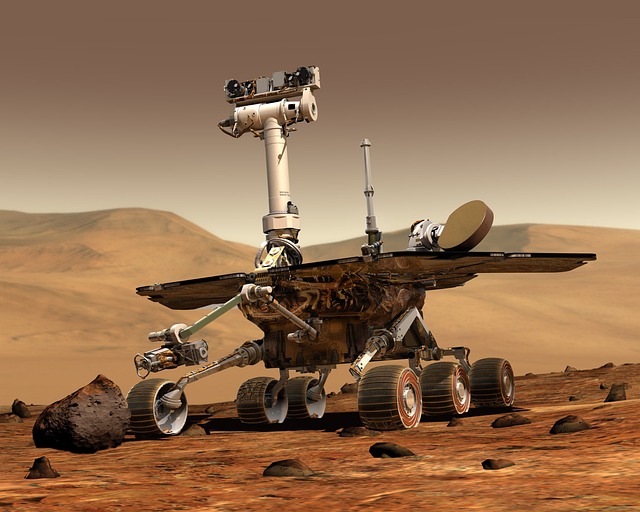Transforming Lives through Healthcare Innovations
In recent years, the integration of robots and rehabilitation technologies into healthcare has marked a turning point in medical treatment and patient care. As we navigate through an era defined by rapid advancements in technology, the revolution has not only improved clinical outcomes but has also profoundly transformed the way patients experience recovery and rehabilitation.
The Rise of Robotics in Healthcare
Robots are no longer confined to the realms of manufacturing or military use. Today, they are becoming invaluable partners in hospitals, assisting medical professionals in various settings. Surgical robots, for example, provide surgeons with enhanced precision, leading to minimally invasive procedures that reduce recovery time and risk of complications. Patients no longer have to endure long hospital stays; instead, they can go home and begin their rehabilitation much sooner, paving the way for a smoother transition back into their daily lives.
Rehabilitation Technologies: Tailored Care for Every Patient
The landscape of rehabilitation has also been dramatically altered by innovative technologies. Wearable devices and smart exoskeletons are at the forefront of this change, offering personalized rehabilitation programs that adapt to each patient’s needs. Imagine a patient recovering from a stroke who can now engage in therapeutic exercises at home, guided by intelligent systems that monitor their progress in real-time. These technologies not only enhance recovery but also foster a sense of independence and motivation for patients as they regain their strength.
Enhancing Patient Engagement and Experience
One of the most significant benefits of incorporating robots and rehabilitation technologies into healthcare is the enhancement of patient engagement. Interactive robotic systems, designed with empathy and responsiveness, create a more dynamic environment for patients. They remind individuals of their exercises, provide feedback, and even encourage them through motivational prompts. This interaction is crucial as it leads to better adherence to treatment plans and ultimately results in improved health outcomes.
Bridging the Gap Between Technology and Traditional Care
While the rise of advanced robotics and rehabilitation technologies brings exciting possibilities to healthcare, it’s essential to recognize that these innovations are not intended to replace human interaction but to complement it. Healthcare professionals play a crucial role in interpreting data generated by these technologies and providing the emotional and psychological support patients need during recovery. The synergy between machines and human touch creates a holistic approach to healing that can truly revolutionize patient care.
The Future of Healthcare: Embracing Innovation
As we look forward, the potential of robots and rehabilitation technologies continues to grow. Research and development in this field hold the promise of even more sophisticated solutions tailored to individual patient needs. Whether it’s improving mobility for the elderly or providing therapeutic assistance for those with disabilities, the impact of these innovations is set to expand, touching more lives and pushing the boundaries of what’s possible in healthcare.
In summary, the incorporation of robotics and rehabilitation technologies in healthcare signifies a pivotal advancement in our approach to treatment and recovery. These innovations are not just reshaping medical practices; they carry the potential to improve lives, empower patients, and create a brighter future for global health.



